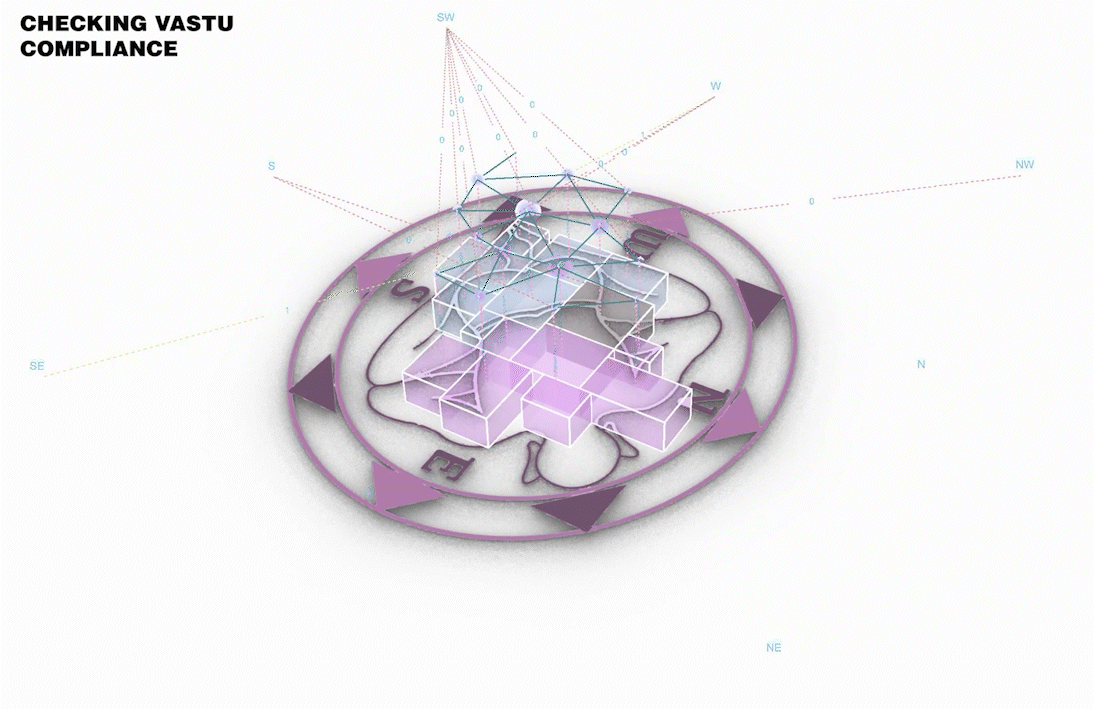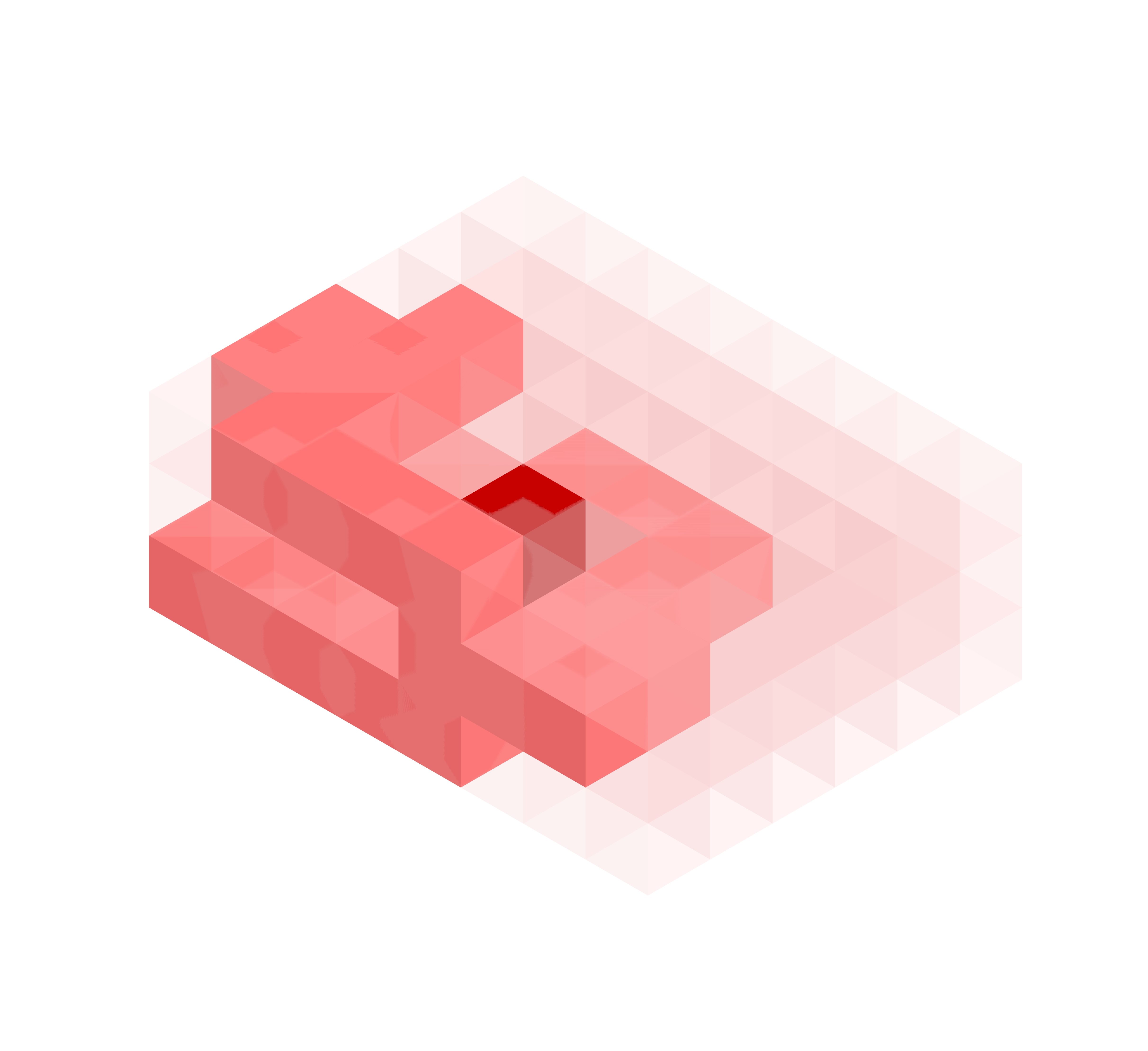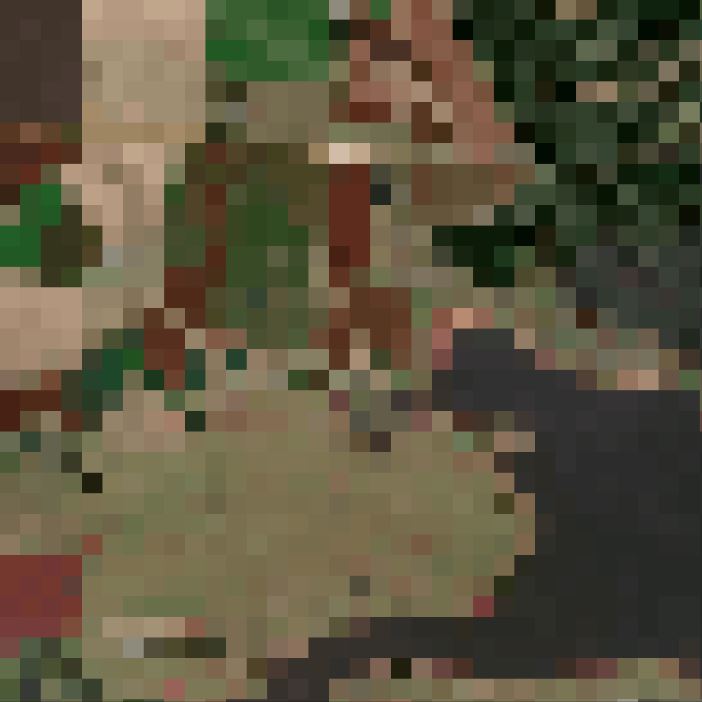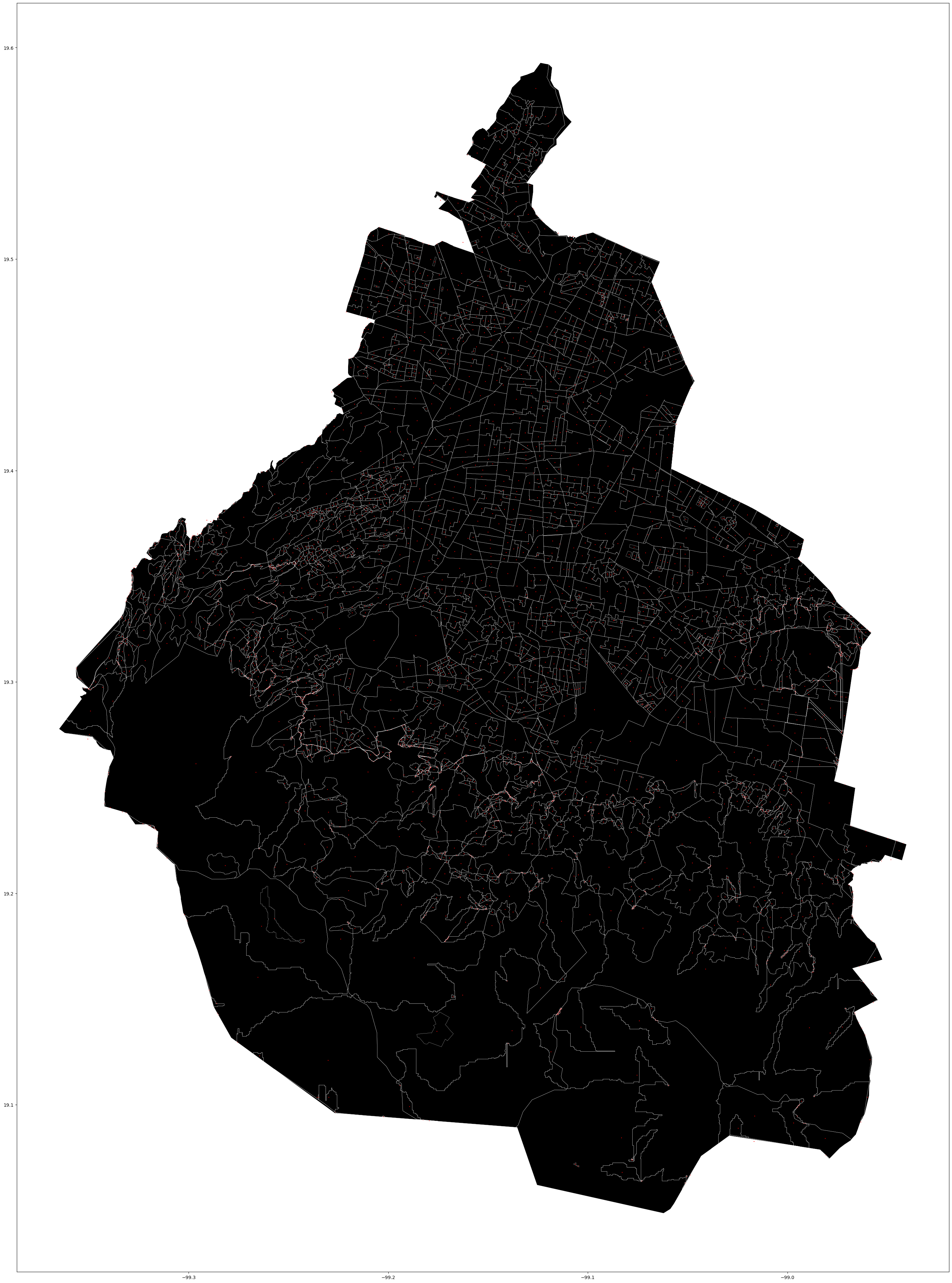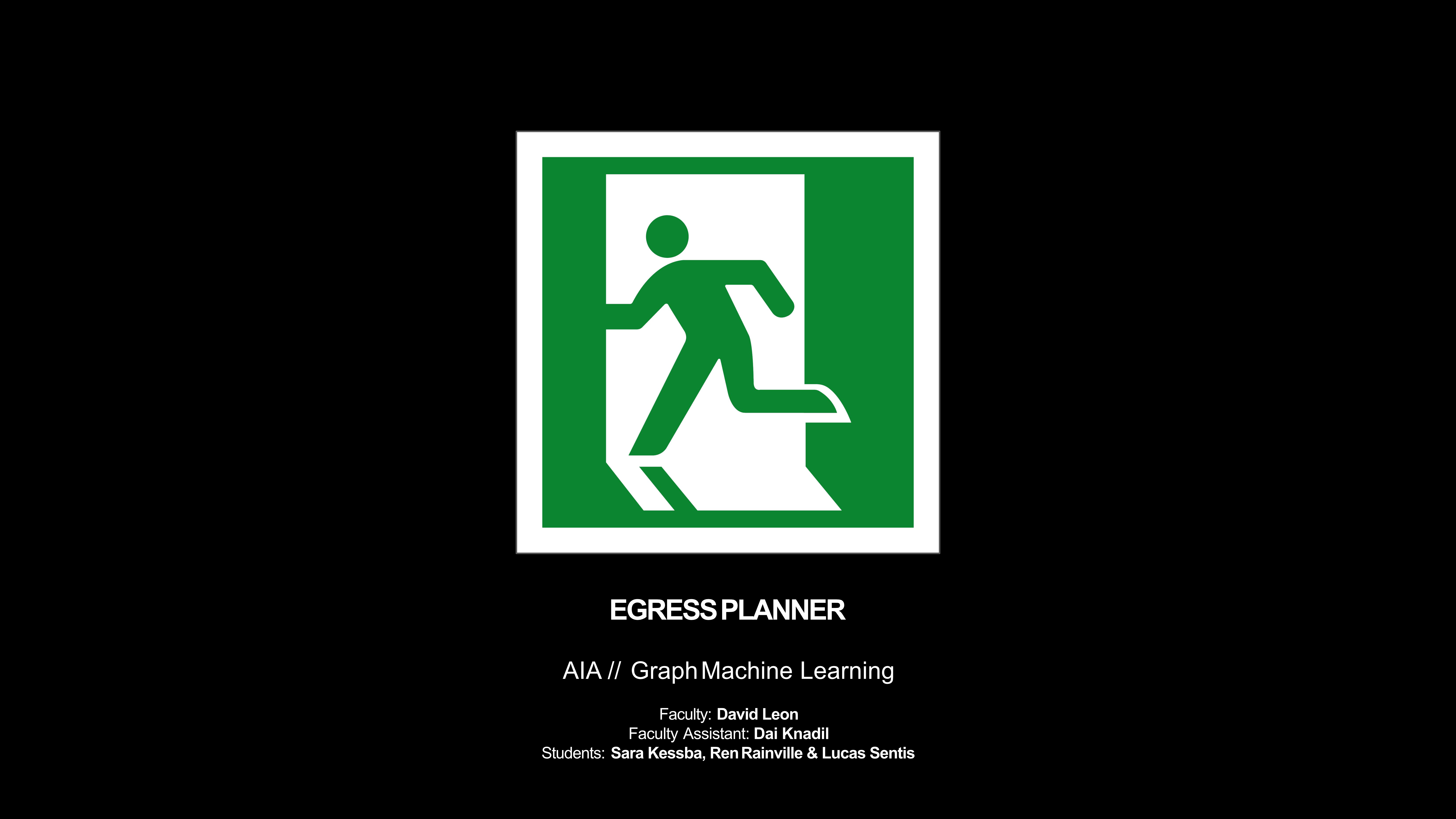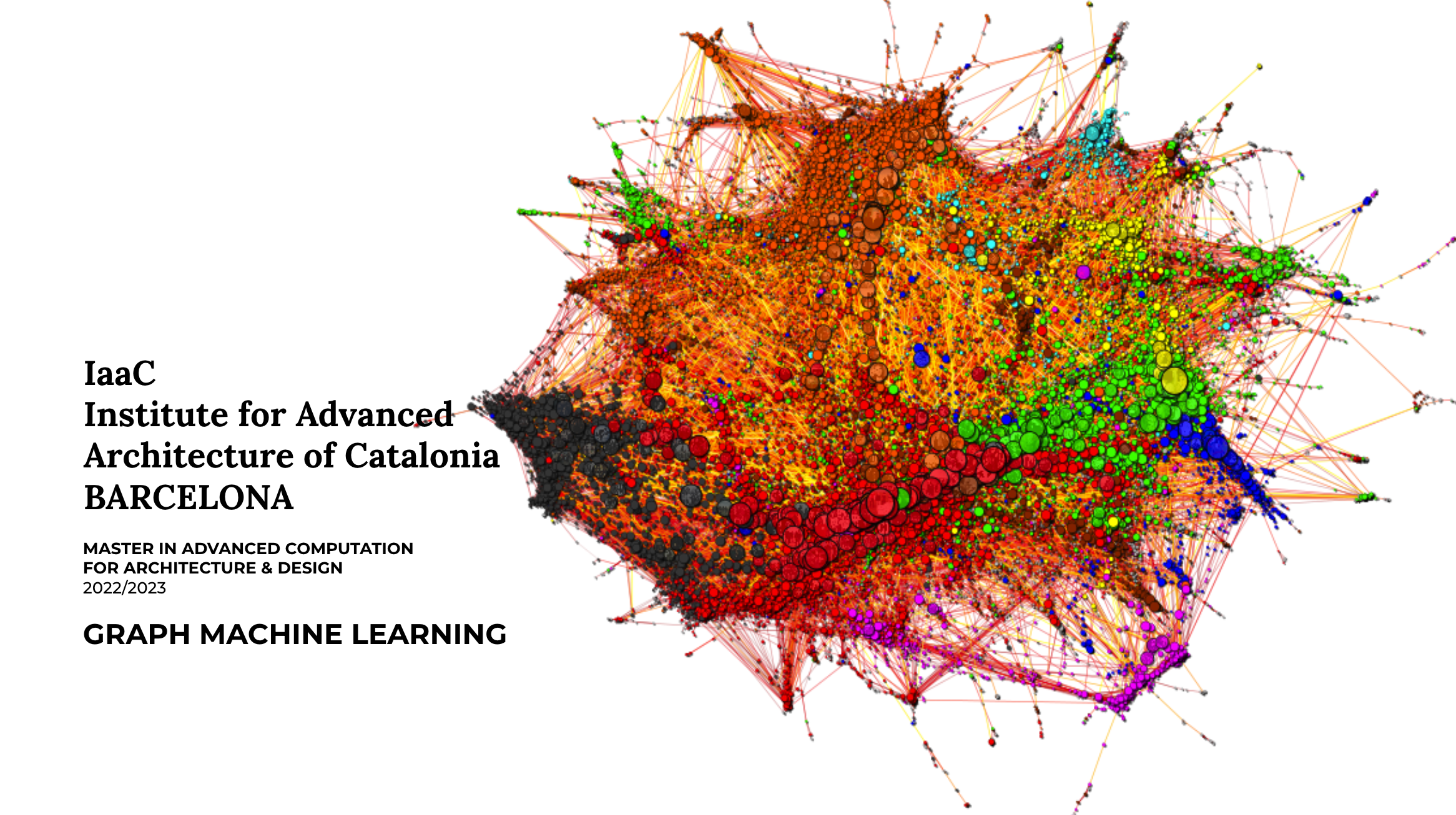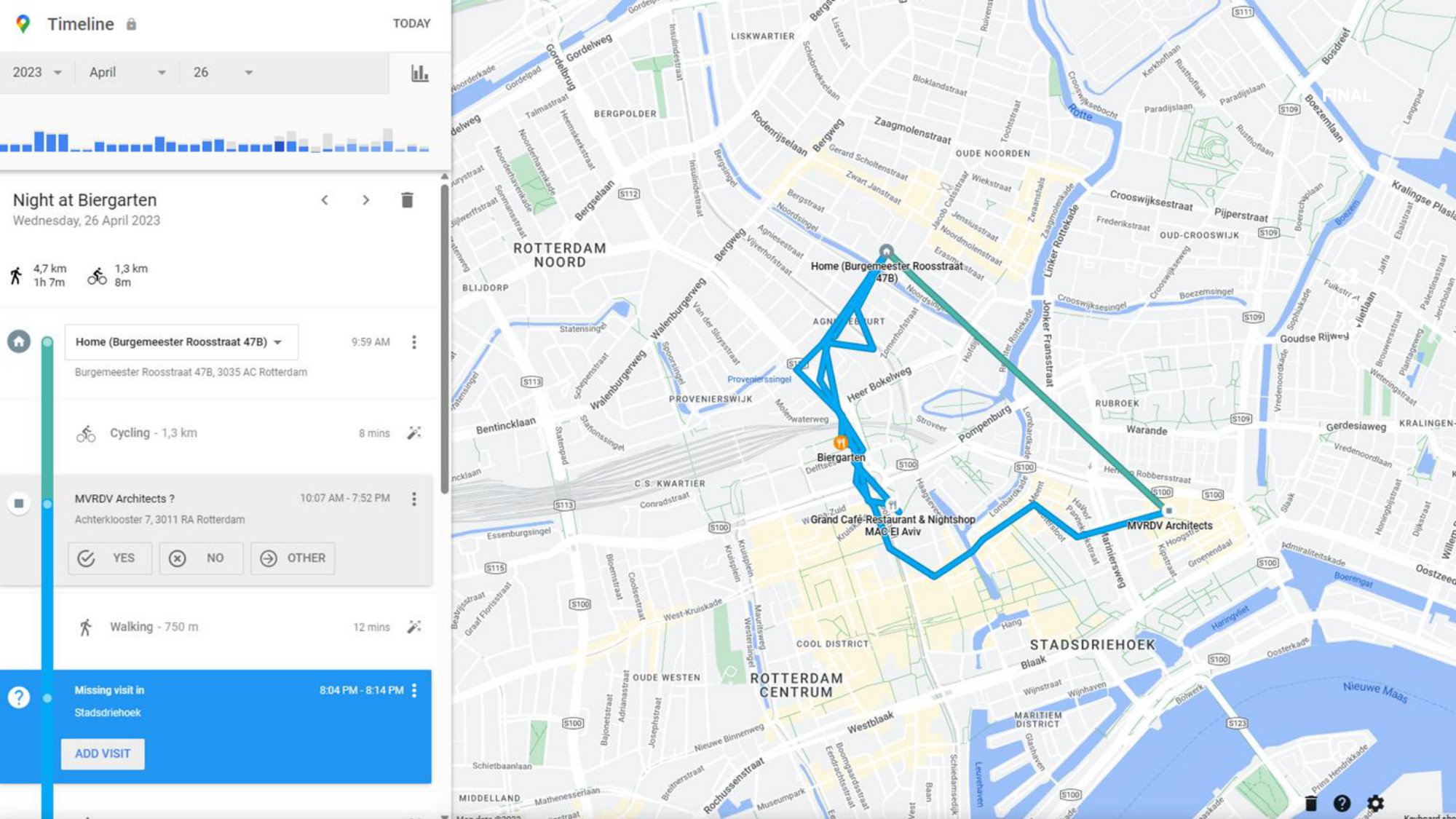Graph Machine Learning
MaCAD Digital Tools for GRAPH MACHINE LEARNING SEMINAR
In today’s data-driven world, graphs have emerged as a powerful tool for modelling complex relationships and data structures. Graph machine learning, also known as graph-based machine learning or graph analytics, is a rapidly growing field that leverages graph theory, network analysis, and machine learning techniques to extract valuable insights and make predictions from graph-structured data.
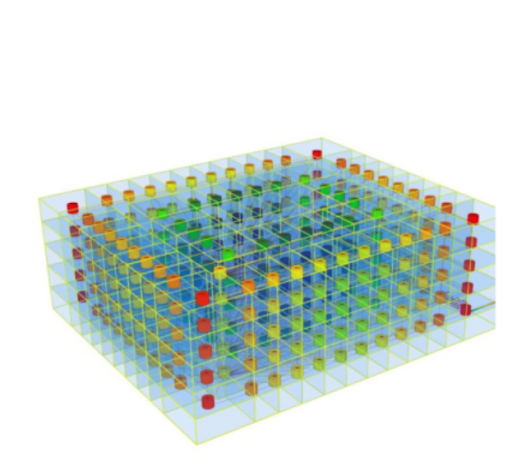
Source: CONFIGURABLE TOPOLOGIES – Naitik Sharma. MaCAD 21-22 Thesis
This course is designed to provide you with a comprehensive understanding of graph machine learning, from fundamental concepts to some advanced techniques, and will equip you with the necessary knowledge and skills to effectively leverage graph-based approaches in many aspects of design.
Throughout this course, we will cover a wide range of topics, including graph representation, graph embedding, graph clustering, graph neural networks (GNNs), among others. We will also discuss various applications of graph machine learning within and outside the design domain and the generation of data for such purposes.
Through a combination of lectures, hands-on coding exercises, and world case studies we will aim to solidify your understanding of these concepts and techniques. You will also have the opportunity to work with popular graph machine learning libraries and tools, such as NetworkX, DGL and Tensorflow in order to gain practical experience in implementing graph machine learning models and solving design problems.
By the end of this course, you will have a solid foundation in graph machine learning and be able to apply these techniques to analyse and model complex data with graph structures. We hope you will enjoy this exciting journey to unlock the power of graphs and take your machine learning skills to new heights!
Learning Objectives
- Learn the fundamentals of graphs
- Learn the fundamentals of Graph Machine Learning
- Understand and evaluate Graph Machine Learning models
- Explore different applications of GraphML within the design domain




